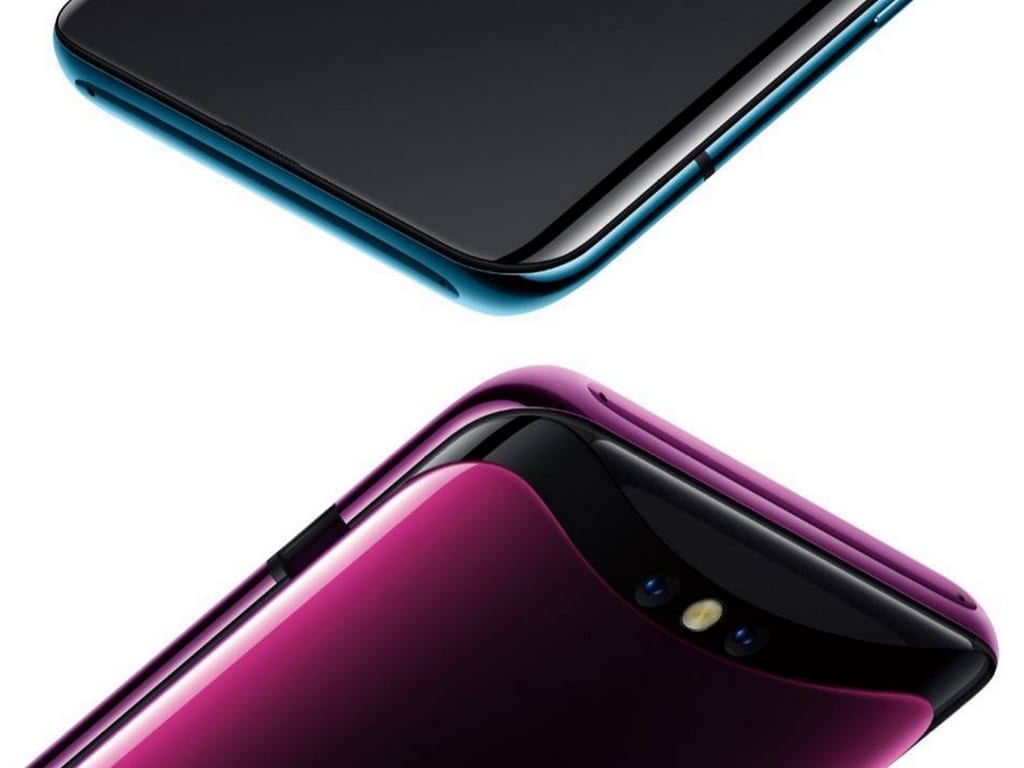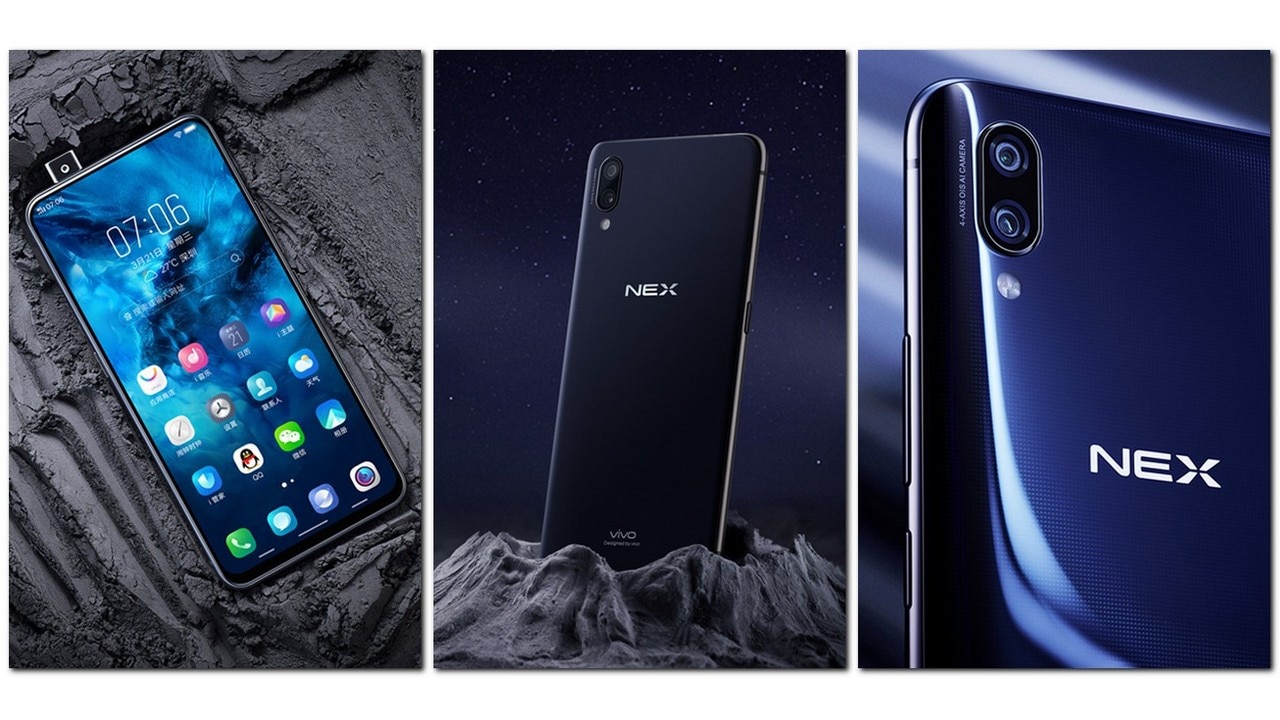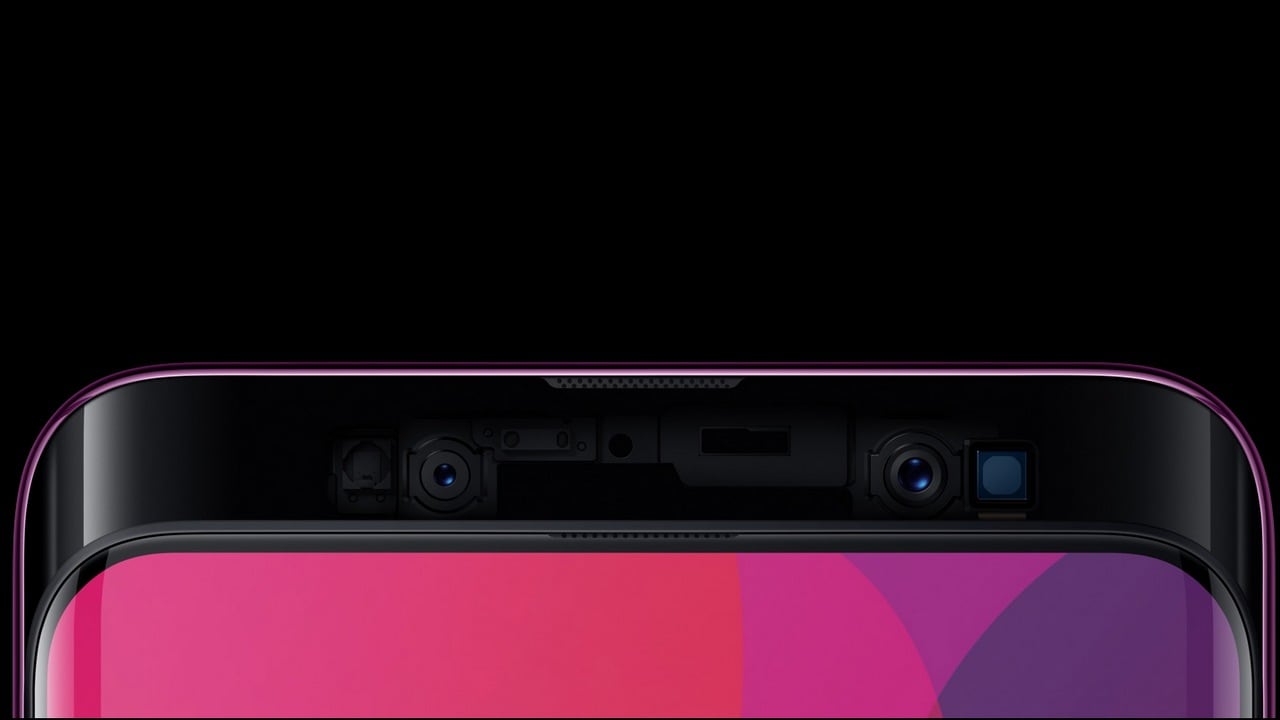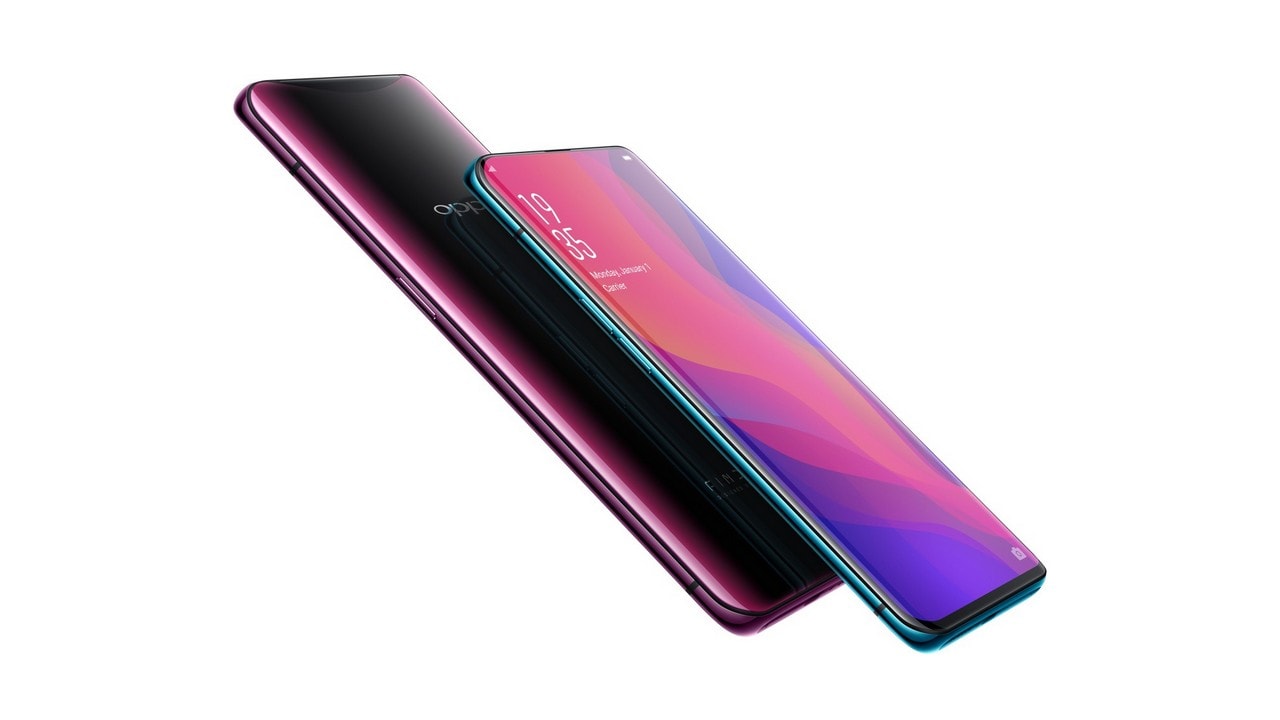Oppo and Vivo are getting better than Apple in smartphone design and innovation
Chinese smartphone manufacturers have long been known to copy the Apple iPhone when it comes to design ideas and hardware. The same did not happen with Samsung simply because the Galaxy did not have its own identity, until the launch of the Galaxy S8.
Chinese smartphone brands have for years been more-than-inspired by Apple’s iPhones, in both software and hardware departments. And since most of these players weren't selling in the US, they were immune from things such as patent infringement cases. So while Chinese brands aped Apple designs and sold millions in China, India and other markets, Korean brand Samsung which sells in many markets was pulled up by Apple time and again. More recently, Samsung was asked to pay Apple $539 million for copying patented smartphone features.
While the Chinese handset makers have moved on from the 'inspired design' days, thanks to unique looking smartphones coming out of China, Apple features are still pretty much defining a lot of design decisions when it comes to software. And ever since the launch of the iPhone X, we have seen Android smartphone makers (in China and other geographies) embrace the display notch.

The Oppo Find X
Everyone knows that Apple did not invent the display notch. It was first included in the Essential Phone, a project led by Andy Rubin, one of the founding fathers of Android. Still, Apple popularised it (because of Face ID) and soon enough there was a sea of Android smartphones featuring a similar, flatter notch (unlike Essential’s bindi-styled one). And all of this was incorporated before Google could even officially begin to support the notch in Android.
Apple took the lead here because it has better (read stricter) control over both hardware and software. This lets Apple create the trends, but as I will explain to you later, it also has stick with them till the very end.
About five months after the launch of the iPhone, smartphone manufacturers began to follow suit. Asus, a Taiwanese brand announced the ZenFone 5z with a display notch, which was later followed by Huawei with its P20 Pro, OnePlus with the OnePlus 6, Oppo with its Oppo F7 and finally Vivo with its Vivo V9 and it seemed like the notch was here to stay whether consumers loved or hated them.
The awakening
But then something changed. Chinese manufacturers had yet to see official support (from Google) for the display notch and Vivo saw rising interest from those visiting the Mobile World Congress for its Apex smartphone.
Despite being a concept device, the Apex gathered enough interest to convince Vivo to build a production device and a few months later, what many though impossible, was delivered, not by Apple, or Samsung, but a Chinese smartphone brand called Vivo in the form of the Vivo Nex.
It was the world’s first smartphone that introduced a couple of new and unseen features, some of which brands like Apple would think of as their worst nightmare.
Vivo Nex
The Vivo Nex introduced an almost bezel-less design and to do that they had to get rid of the one thing everyone was just beginning to get used to, the display notch. Vivo even found a workaround for the selfie camera and placed it behind at the top of smartphone’s frame in the form of a very camera-like flash that pops up when needed using micro-stepping motors. They even used a piezoelectric module that vibrates the display’s screen to transfer audio without the need for a receiver at the top. And the revolution of sorts didn’t end at this.

The Vivo Nex
Next up was another BBK Electronics sibling, Oppo. Just a few days ago, Oppo invited the media to a launch event held inside the Louvre in Paris. While many expected the Chinese selfie smartphone maker, to launch a typical high-end assembled smartphone with a Snapdragon 845, 8 GB etc., Oppo launched something completely jaw-dropping altogether.
Oppo Find X
The Oppo Find X (successor to the Find 7) was announced with an almost bezel-less display but took another route to avoid the popular notch. On the front, all a user can see is nothing but the display, which runs from edge to edge. On the back, there’s just a glass panel and nothing else.

Oppo Find X features a motorised section that pops up to reveal the 3D sensors and camera.
Oppo came up with a motorised mechanism that extends the top quarter of the smartphone's frame to reveal a front facing camera. The same extension also reveals the dual camera setup at the back. But it did not stop there. It also included an array of 3D imaging sensors at the front. The smartphone relies solely on face unlocking for authentication and even went on to claim that its success rates were better than a fingerprint reader. Basically, Oppo came up with a motor that lifts the camera assembly up in 0.5 seconds to authenticate a user every time the user lifted the phone to unlock it. And boy! Did it drop jaws?

The Oppo Find X
It also featured a curved edge Super AMOLED display that bends around the edges, but unlike Samsung’s implementation, it runs from edge to edge not just from side to side but from the top (with a tiny chin) to the bottom as well.
Indeed, the world wasn’t prepared for both the Vivo Nex and the Oppo Find X because everyone expected these manufacturers to stick to Apple design trends stay behind, waiting for the next big design reveal every September (Apple’s Special Event).
And to top it off, both of these smartphones don’t come cheap. The top end model called the Vivo Nex S is priced at a premium $780 with the base variant priced at around $702. The Find X too isn’t shy of being an Oppo and is priced at €999.
While many would earlier not be willing to shell out hard cash for any Chinese smartphones, Oppo and Vivo have managed to produce some desirable smartphones that every consumer out there would love to get their hands on.
While both smartphones have been launched in China, there is plenty of reason to believe, that they will arrive in India because of the priority that BBK gives to India as a market.
Another brand that comes to mind, which is innovating on the hardware front, is Chinese telecom giant Huawei. The Huawei P20 Pro's triple rear camera system is a radical design that was also a world first. It's Phantom Blue and Phantom Green back on the Honor 10 is unique.
Indeed, neither Vivo Nex nor Oppo Find X smartphones seem inspired by the iPhone X and kind of make it look like a notched relic from the past. I have mentioned this in my other piece, as to how Apple was the first and will in probability will be the last smartphone brand to leave the notch, thanks to its insistence on solid state parts and its FaceID.
Yes, Vivo, Oppo as well as Huawei have released phones with the display notch, but at the same time they are experimenting with the smartphone form factor as well, which many would believe has reached a kind of maturity. From being just a factory for making smartphones designed in the US and Korea, Chinese smartphone makers are now leading from the front when it comes to design innovations. Whether they will become a trend as do the Apple iPhones, is something only time will tell.
Meanwhile…
Google in the US has yet to provide official support for the display notch.
And it will be a while by the time Google launches its Pixel 3 (a year later with the notch, at least that's what the renders show) and releases the final firmware for manufacturers to chew on and integrate into their custom ROMs. And it’s not just the notch, there’s the in-display fingerprint reader as well, the support for which is bundled into Android P as a part of its Biometric API in the second Developer Preview.
In fact, Google’s absence in this notch revolution is sparking interest in custom mobile operating systems as well.
Google and Apple still offer the gold standard when it comes to software innovation on smartphones, and that is an area where the US will continue to excel. If you are an app developer, there are only two platforms that you will make your apps on — Android and iOS. There is no other option left. Chinese smartphone makers have their own skins atop Android, but we all know how that ruins the experience in most use cases. OnePlus' OxygenOS is the only skin that has remained close to stock Android and is the only interface which keeps getting regular updates. With every other skin, be it MIUI, ColorOS, FunTouch OS, EMUI, we are presented with an Android alternative which isn't always the best.
But the manner in which Chinese smartphone makers are overcoming these hurdles are surprising.
Vivo incorporated an in-display fingerprint reader with a workaround, all without official Android support. The same goes for the new 3D face unlock systems that have begun to replace the 2D systems that were earlier used as cheap knock-offs (with disclaimers) to counter features available on the iPhone X. Android’s hardware is clearly ahead of Android’s software but that’s not stopping Chinese brands from shying away and trying something new. Not anymore at least.
It is quite evident now that Chinese smartphone manufacturers have now become the innovators in hardware and design and this works well in their favour, because a majority of the hardware is manufactured out there after all. The entire ecosystem is present in China, that gives it an added advantage. In some places in Shenzen, you can walk into an electronics district and get all the parts needed to make your own smartphone as well. This allows a lot of Chinese players to rapidly prototype a device, some of which eventually make it to market soon.
Apple took an eternity to kill its bezels, and it will be stuck with the notch thanks to its design ideologies (for smartphones) that makes moving parts a strict NO. Apple’s not good with them either. Just have a look at the number of complaints (and lawsuits) its 2017 MacBook Pro keyboard has received. According to several leaks, Apple’s iPhones will still feature display notches in 2019 as well.
Apple may have been the trendsetter in the smartphone design for years, but the game is changing and the display notch dying out as a trend in less than a year should be worrisome, for Apple.
Fancy new designs, whether practical or not, are going to be the theme for 2019 and it will be the ones set by Android smartphone brands from China. Not Apple.
https://www.firstpost.com/tech/news-analysis/oppo-and-vivo-are-getting-better-than-apple-in-smartphone-design-and-innovation-oppo-find-x-vivo-nex-4563601.html
Post a Comment